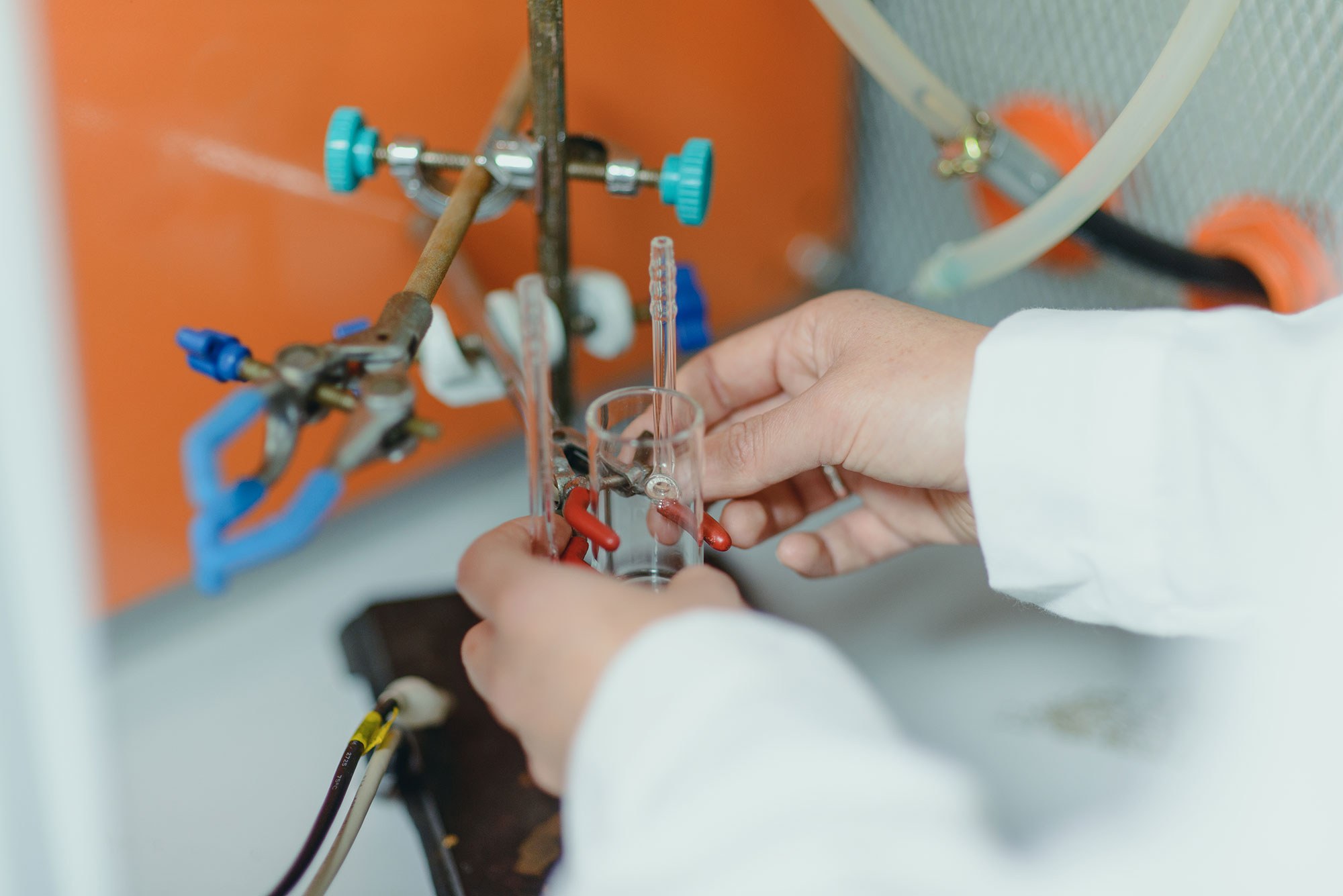Palacios-Prado, N., Soto, P. A., López, X., Choi, E. J., Marquez-Miranda, V., Rojas, M., Duarte, Y., Lee, J., González-Nilo, F. D. & Sáez, J. C. (2022). Endogenous pannexin1 channels form functional intercellular cell–cell channels with characteristic voltage-dependent properties. Proceedings of the National Academy of Sciences, 119(18), e2202104119. https://doi.org/10.1073/pnas.2202104119
Significance: Pannexin1 is a glycoprotein that has been shown to form functional plasma membrane channels and mediate many cellular signaling pathways. However, the formation and function of pannexin1-based intercellular cell–cell channels in mammalian cells and vertebrate tissue is a question of substantial debate. This work provides robust electrophysiological evidence to demonstrate that endogenously expressed human pannexin1 forms cell–cell channels and lays the groundwork for studying a potential new type of electrical synapses between many mammalian cell types that endogenously express pannexin1.
Abstract: The occurrence of intercellular channels formed by pannexin1 has been challenged for more than a decade. Here, we provide an electrophysiological characterization of exogenous human pannexin1 (hPanx1) cell–cell channels expressed in HeLa cells knocked out for connexin45. The observed hPanx1 cell–cell channels show two phenotypes: O-state and S-state. The former displayed low transjunctional voltage (Vj) sensitivity and single-channel conductance of ∼175 pS, with a substate of ∼35 pS; the latter showed a peculiar dynamic asymmetry in Vj dependence and single-channel conductance identical to the substate conductance of the O-state. S-state hPanx1 cell–cell channels were also identified between TC620 cells, a human oligodendroglioma cell line that endogenously expresses hPanx1. In these cells, dye and electrical coupling increased with temperature and were strongly reduced after hPanx1 expression was knocked down by small interfering RNA or inhibited with Panx1 mimetic inhibitory peptide. Moreover, cell–cell coupling was augmented when hPanx1 levels were increased with a doxycycline-inducible expression system. Application of octanol, a connexin gap junction (GJ) channel inhibitor, was not sufficient to block electrical coupling between HeLa KO Cx45-hPanx1 or TC620 cell pairs. In silico studies suggest that several arginine residues inside the channel pore may be neutralized by hydrophobic interactions, allowing the passage of DAPI, consistent with dye coupling observed between TC620 cells. These findings demonstrate that endogenously expressed hPanx1 forms intercellular cell–cell channels and their unique properties resemble those described in innexin-based GJ channels. Since Panx1 is ubiquitously expressed, finding conditions to recognize Panx1 cell–cell channels in different cell types might require special attention.


